bonsai
Less than an hour from downtown Tokyo, this neighborhood with a rich bonsai history is a beautiful spot for a little miniature tranquility.
Eh, regardless of its final form it wasn’t like we were going to get much fiber out of it anyway.
Indulge your inner child in a more mature manner with Lego’s new bonsai and flower bouquet sets.
People in Japan are swooning after discovering the many talents of this foreign-born gardener who gave up his original nationality to become Japanese.
Hundreds of origami components make up each of these beautiful “Trees of Cranes.”
Tokyu Hands is known for its amazing array of goods. From bicycles to Kabuki face masks and everything in between, this is a company that’s built their brand with a focus on providing unique and innovative Japanese products to the local and international market.
Now, the cafe on the top floor of their Shibuya store is also showcasing its creative credibility, by transforming its space into a pop-up Bonsai Cafe, in collaboration with the Omiya Bonsai Museum in Saitama. With miniature trees and special goods on display, here it’s the unusual menu that’s really taking centre stage.
After seeing photos of their special matcha latte, an unusual tiramisu and a parfait served in a bonsai pot, we pulled on our gumboots and headed out on a rainy afternoon to give these treats a try. Come with us as we treat our taste buds to an enchanted walk through a delicious miniature garden.
Even without adornment, a well-done bonsai is a sight to see. It’s amazing how something as massive and powerful as a tree can be hemmed and trimmed to create a delicate, miniature version of itself. But for some, that level of artistry doesn’t go far enough.
Now bonsai artists are adding fantastical tree houses and other structures around their vegetative creations, resulting in multi-level, gravity-defying feats of architecture that still fit under a garden cloche.
Bonsai and sushi are two of Japan’s most well-known cultural exports with fans all over the world. But while Japan may cling to the traditional presentation of these two icons, globalization has taken these Japanese icons and turned them into something new. Not just happy with tiny trees and raw fish on top of vinegar rice, these cultural hybrids have evolved into something far beyond their origins in the Japanese archipelago. Click below to see some very creative bonsai as well as some food that really stretches the definition of “sushi.”
Saitama Prefecture might be known abroad for its connection to famous anime like Lucky Star and Anohana: The Flower We Saw That Day, but it’s better known in traditional art circles as a modern center for bonsai, the ancient practice of cultivating miniature trees. In fact, there is even a section of Saitama City called Bonsai Village that was once selected by the Ministry of Land, Infrastructure, Transport and Tourism as one of the 100 most scenic towns in Japan.
The prefecture has now created a smartphone game called Twit Bonsai to promote Saitama’s bonsai attractions, and although you may think pruning a virtual tree sounds like the height of boredom, the app is gaining an unexpectedly enthusiastic following. Read More
The word “Bonsai” needs no translation. It is renowned internationally as a beautiful form of art which condenses nature into enjoyable little plants.
Recently, exports around the world of these little trees have increased by leaps and bounds. Hugely popular across Asia, Europe, and America, Bonsai exports to these areas have hit a record high, 10 times what they were only ten years ago. With the onset of autumn, as exports reach full-scale, people who work in the bonsai business hope that bonsai can regain some of its popularity domestically as well.

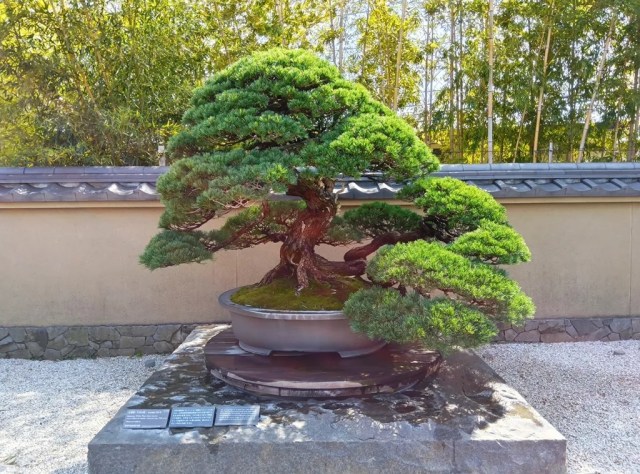


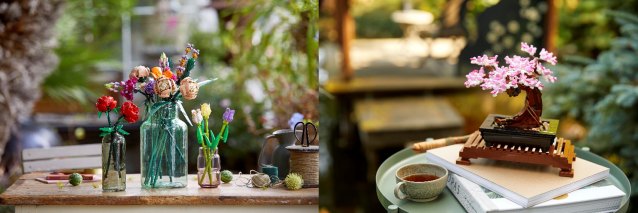
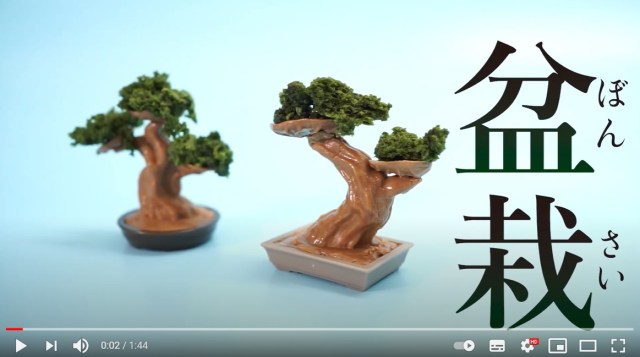

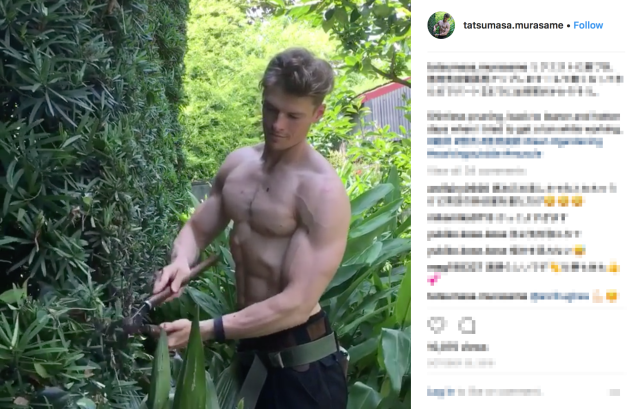
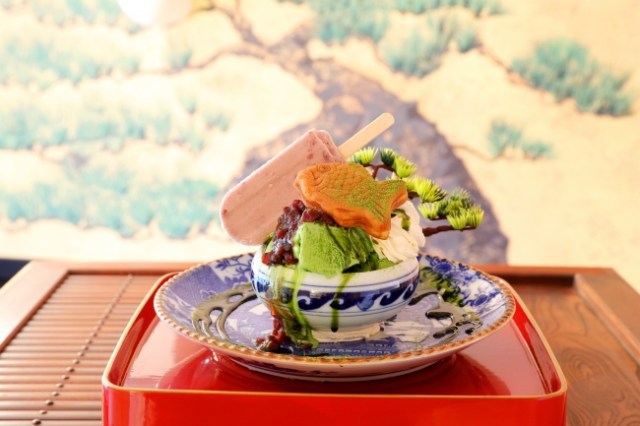
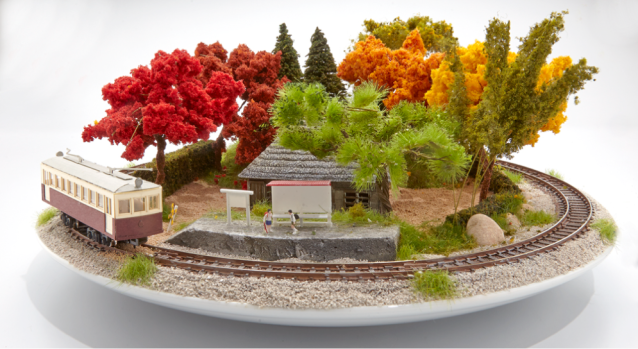
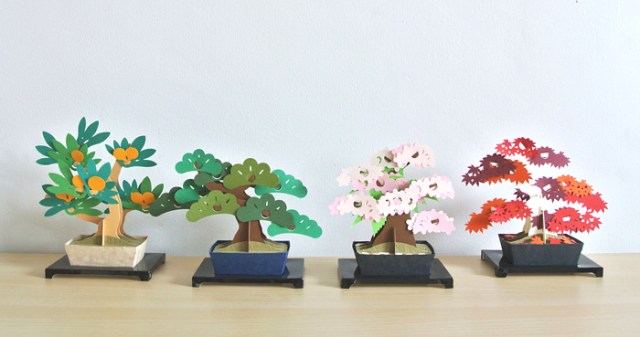
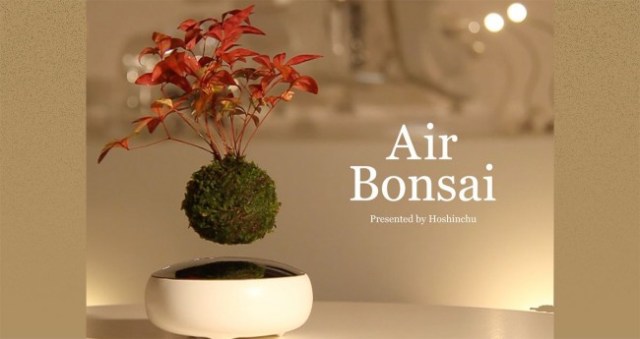
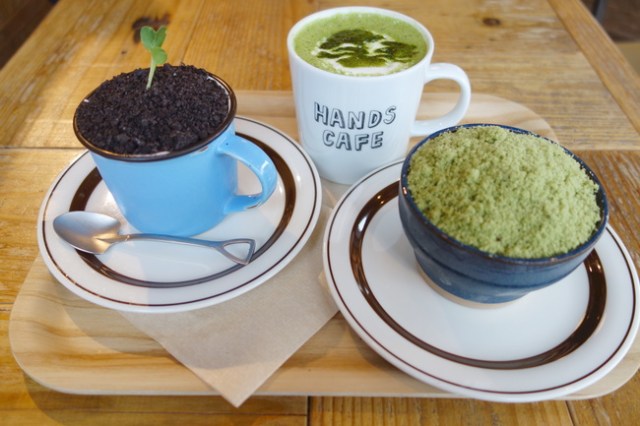
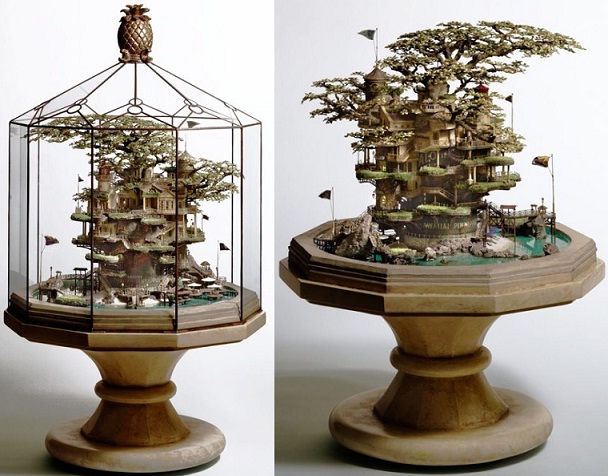
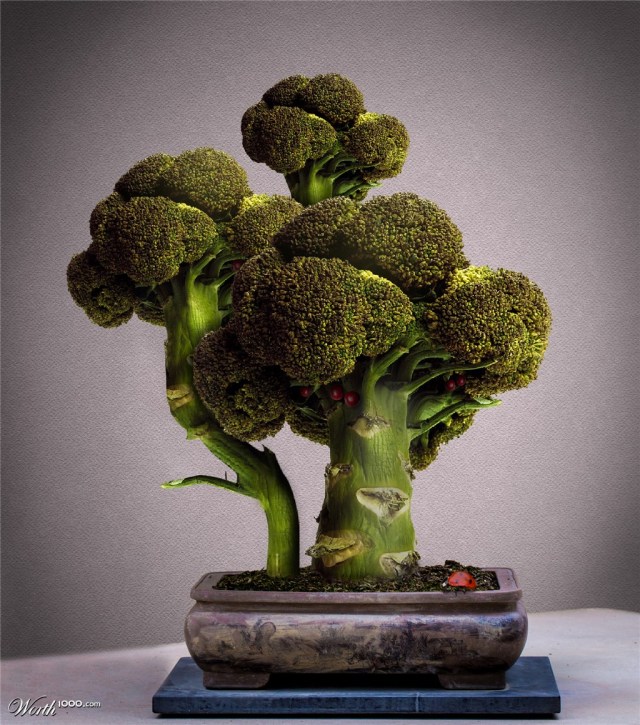
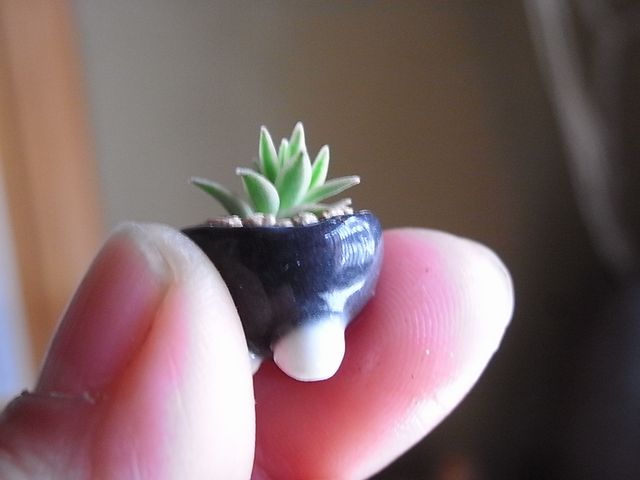
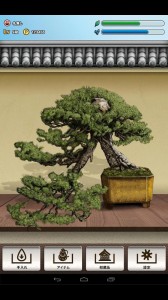
 Starbucks Japan ready to get Year of the Horse started with adorable drinkware and plushies【Pics】
Starbucks Japan ready to get Year of the Horse started with adorable drinkware and plushies【Pics】 We found possibly the quietest Japanese-style hotel in Tokyo’s bustling Shinjuku district
We found possibly the quietest Japanese-style hotel in Tokyo’s bustling Shinjuku district More Than a Capsule Stay: Why Solo Travelers Choose “global cabin Yokohama Chinatown”
More Than a Capsule Stay: Why Solo Travelers Choose “global cabin Yokohama Chinatown” How much money should you give children for New Year’s otoshidama? Adults weigh in
How much money should you give children for New Year’s otoshidama? Adults weigh in Start saving room now – Japanese grocery store’s biggest sushi roll yet is coming for Setsubun
Start saving room now – Japanese grocery store’s biggest sushi roll yet is coming for Setsubun Viral Video Worlds Collide: Hitler Raps to Gangnam Style
Viral Video Worlds Collide: Hitler Raps to Gangnam Style Can our writers’ taste buds pick out the luxury kamaboko fish cake from these two?
Can our writers’ taste buds pick out the luxury kamaboko fish cake from these two? We tried super spicy wasabi ramen and yakisoba that’s rumored to make anyone cry【Taste Test】
We tried super spicy wasabi ramen and yakisoba that’s rumored to make anyone cry【Taste Test】 How to get your money’s worth at an all-you-can-eat crepe challenge in Japan
How to get your money’s worth at an all-you-can-eat crepe challenge in Japan Japan’s oldest largetooth sawfish in captivity back on display in Mie Prefecture
Japan’s oldest largetooth sawfish in captivity back on display in Mie Prefecture Lacquerware supplier to emperor of Japan and Pokémon team up for new tableware
Lacquerware supplier to emperor of Japan and Pokémon team up for new tableware Japan may add Japanese language proficiency, lifestyle classes to permanent foreign resident requirements
Japan may add Japanese language proficiency, lifestyle classes to permanent foreign resident requirements 7-Eleven Japan’s ramen-cooking robot whipped us up a bowl of noodles【Taste test】
7-Eleven Japan’s ramen-cooking robot whipped us up a bowl of noodles【Taste test】 Cyberpunk anime meets traditional culture in Ghost in the Shell gold leaf Japanese changing screens
Cyberpunk anime meets traditional culture in Ghost in the Shell gold leaf Japanese changing screens Disillusionment at Tsukiji’s tourist-target prices led us to a great ramen restaurant in Tokyo
Disillusionment at Tsukiji’s tourist-target prices led us to a great ramen restaurant in Tokyo 7 great places to see Mt. Fuji from without having to climb it
7 great places to see Mt. Fuji from without having to climb it Hello Kitty Choco Egg figures are an adorable trip through three periods of Japanese pop culture【Pics】
Hello Kitty Choco Egg figures are an adorable trip through three periods of Japanese pop culture【Pics】 Starbucks Japan releases new zodiac chilled cup drink for 2026
Starbucks Japan releases new zodiac chilled cup drink for 2026 Japan’s otoshidama tradition of giving kids money at New Year’s gets a social welfare upgrade
Japan’s otoshidama tradition of giving kids money at New Year’s gets a social welfare upgrade 7-Eleven Japan starts new temporary luggage storage service in over 300 branches
7-Eleven Japan starts new temporary luggage storage service in over 300 branches Starbucks teams up with 166-year-old Kyoto doll maker for Year of the Horse decorations【Photos】
Starbucks teams up with 166-year-old Kyoto doll maker for Year of the Horse decorations【Photos】 Tokyo considering law requiring more trash cans following litter increase in heavily touristed area
Tokyo considering law requiring more trash cans following litter increase in heavily touristed area Tokyo’s Tsukiji sushi neighborhood asks tour groups to stay away for the rest of the month
Tokyo’s Tsukiji sushi neighborhood asks tour groups to stay away for the rest of the month Nintendo’s Kirby now delivering orders at Kura Sushi restaurants, but not in Japan
Nintendo’s Kirby now delivering orders at Kura Sushi restaurants, but not in Japan Tokyo event lets you travel back in time, for free, to celebrate 100 years since Showa era start
Tokyo event lets you travel back in time, for free, to celebrate 100 years since Showa era start Sanrio theme park in Japan announces plans to expand into a Sanrio resort
Sanrio theme park in Japan announces plans to expand into a Sanrio resort Stamina-destroying “Paralysis Noodles” are Tokyo’s newest over-the-top ramen innovation
Stamina-destroying “Paralysis Noodles” are Tokyo’s newest over-the-top ramen innovation Survey asks foreign tourists what bothered them in Japan, more than half gave same answer
Survey asks foreign tourists what bothered them in Japan, more than half gave same answer Japan’s human washing machines will go on sale to general public, demos to be held in Tokyo
Japan’s human washing machines will go on sale to general public, demos to be held in Tokyo Japan’s deadliest food claims more victims, but why do people keep eating it for New Year’s?
Japan’s deadliest food claims more victims, but why do people keep eating it for New Year’s? We deeply regret going into this tunnel on our walk in the mountains of Japan
We deeply regret going into this tunnel on our walk in the mountains of Japan Studio Ghibli releases Kodama forest spirits from Princess Mononoke to light up your home
Studio Ghibli releases Kodama forest spirits from Princess Mononoke to light up your home Major Japanese hotel chain says reservations via overseas booking sites may not be valid
Major Japanese hotel chain says reservations via overseas booking sites may not be valid Put sesame oil in your coffee? Japanese maker says it’s the best way to start your day【Taste test】
Put sesame oil in your coffee? Japanese maker says it’s the best way to start your day【Taste test】 No more using real katana for tourism activities, Japan’s National Police Agency says
No more using real katana for tourism activities, Japan’s National Police Agency says Starbucks Japan reveals new sakura drinkware collection, inspired by evening cherry blossoms
Starbucks Japan reveals new sakura drinkware collection, inspired by evening cherry blossoms Updated cherry blossom forecast shows extra-long sakura season for Japan this year
Updated cherry blossom forecast shows extra-long sakura season for Japan this year Viral Video Worlds Collide: Hitler Raps to Gangnam Style
Viral Video Worlds Collide: Hitler Raps to Gangnam Style Can our writers’ taste buds pick out the luxury kamaboko fish cake from these two?
Can our writers’ taste buds pick out the luxury kamaboko fish cake from these two? We tried super spicy wasabi ramen and yakisoba that’s rumored to make anyone cry【Taste Test】
We tried super spicy wasabi ramen and yakisoba that’s rumored to make anyone cry【Taste Test】 How to get your money’s worth at an all-you-can-eat crepe challenge in Japan
How to get your money’s worth at an all-you-can-eat crepe challenge in Japan Japan’s oldest largetooth sawfish in captivity back on display in Mie Prefecture
Japan’s oldest largetooth sawfish in captivity back on display in Mie Prefecture The Japanese language has a special honorific suffix just for talking to athletes
The Japanese language has a special honorific suffix just for talking to athletes Kyoto has a shrine that’s supposed to make you rich, so our reporter Mai tested its power
Kyoto has a shrine that’s supposed to make you rich, so our reporter Mai tested its power Can a dirty butthole make you filthy rich in Japan? We’re starting a New Year’s lottery experiment
Can a dirty butthole make you filthy rich in Japan? We’re starting a New Year’s lottery experiment Starbucks You Are Here Collection expands to Japan with beautiful Mt. Fuji mugs
Starbucks You Are Here Collection expands to Japan with beautiful Mt. Fuji mugs Giri? Tomo? Gyaku? A guide to Japan’s many different kinds of Valentine’s Day chocolate
Giri? Tomo? Gyaku? A guide to Japan’s many different kinds of Valentine’s Day chocolate Beautiful sightseeing boat is a floating tea ceremony venue in east Japan’s best hot spring town
Beautiful sightseeing boat is a floating tea ceremony venue in east Japan’s best hot spring town Nagoya’s dark-red miso has continued to capture tastebuds for generations
Nagoya’s dark-red miso has continued to capture tastebuds for generations